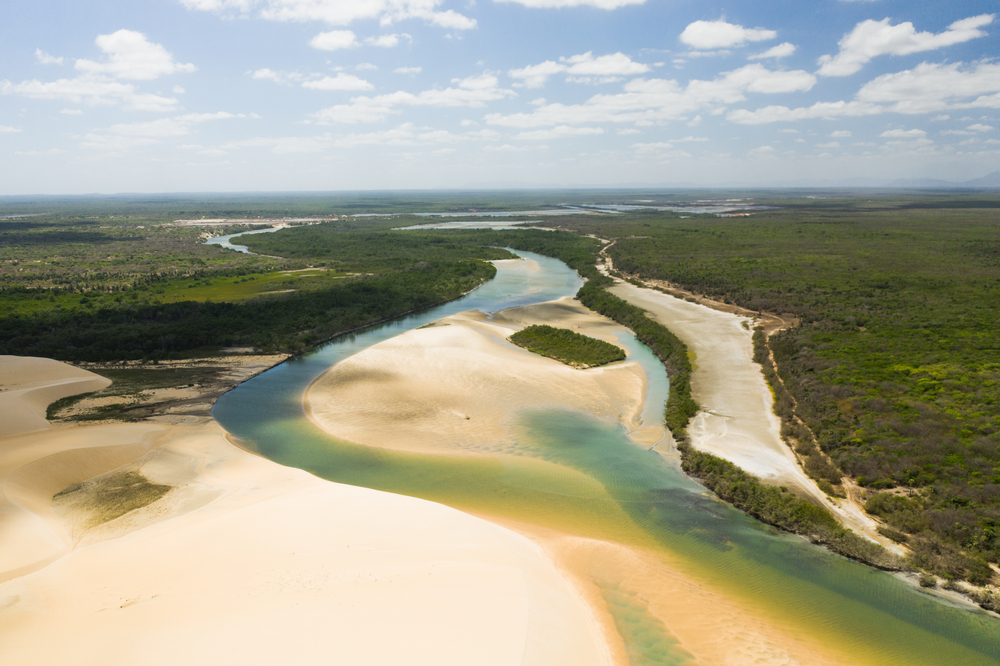Nascentes do Rio Parnaiba Overview
Nascentes do Rio Parnaíba National Park, known locally as Parque Nacional das Nascentes do Rio Parnaíba, is a protected area in northeastern Brazil. It spans approximately 3,317 square miles, which is around 8,588 square kilometers, and lies at the intersection of four Brazilian states: Maranhão, Piauí, Bahia, and Tocantins.
The park was established to protect the headwaters of the Parnaíba River, one of the most significant waterways in the region. This location places the park in a transition zone between the Cerrado, Caatinga, and Amazon biomes, creating a rich mosaic of ecosystems that makes it one of the most ecologically diverse areas in the country.
The terrain of the park is a mix of rugged plateaus, low-lying valleys, and escarpments. Among its most striking geographical features are the Serra da Capivara and Serra das Confusões ranges. These ranges provide dramatic elevation changes that support a variety of microhabitats.
The park also includes countless springs, many of which form the origin of the Parnaíba River, giving the park both its name and hydrological importance. Vegetation across the park varies widely due to the overlapping ecosystems. Visitors may see dense Cerrado shrubland, areas of dry Caatinga forest, and patches of gallery forest lining the riverbanks. Buriti palm groves are particularly common near water sources and provide important ecological services for wildlife.
Wildlife in Nascentes do Rio Parnaíba National Park is remarkably diverse. It serves as a refuge for a number of threatened and endemic species. Among the most iconic mammals are the maned wolf, giant anteater, armadillo, and jaguar, which roam the vast territories of the park.
The park is also home to smaller yet equally unique species like the Brazilian three-banded armadillo and the white-browed guan. Birdwatchers can delight in observing a wide range of avifauna including the hyacinth macaw, red-legged seriema, and several species of hummingbirds and toucans. The blend of open savannas and forest patches makes it an especially good location for spotting bird species endemic to the Cerrado and Caatinga biomes.
The park is a destination for those looking for solitude, unspoiled nature, and a deep connection with Brazil’s lesser-known landscapes. Popular features include its network of natural springs, scenic overlooks, and rare opportunities for wilderness exploration.
The headwaters of the Parnaíba River are a particularly important natural landmark. Hiking, wildlife watching, and guided eco-tours are among the primary ways that visitors can experience the park, though access is still relatively limited to protect its fragile ecosystems.
Conservation within Nascentes do Rio Parnaíba National Park presents both challenges and success stories. The remote nature of the park has helped preserve much of its integrity, but illegal hunting and deforestation in surrounding areas continue to pose threats.
Nonetheless, efforts by conservation groups and government agencies have made strides in monitoring wildlife and expanding scientific knowledge about the park’s biodiversity. Environmental education programs and sustainable development projects in nearby communities have also helped promote a culture of conservation.
With continued support, the park remains a critical stronghold for biodiversity and water resource protection in northeastern Brazil.
Park Map
Nascentes do Rio Parnaiba National Park Highlights
Share your clicks with us
Related National Parks More Brazil

Iguaçu National Park

Jamanxim National Park

Jericoacoara National Park
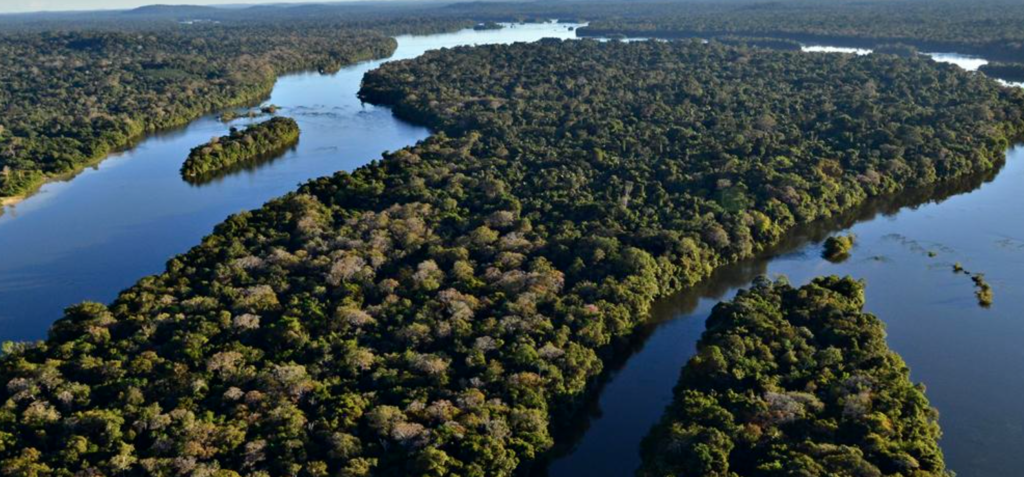
Juruena National Park
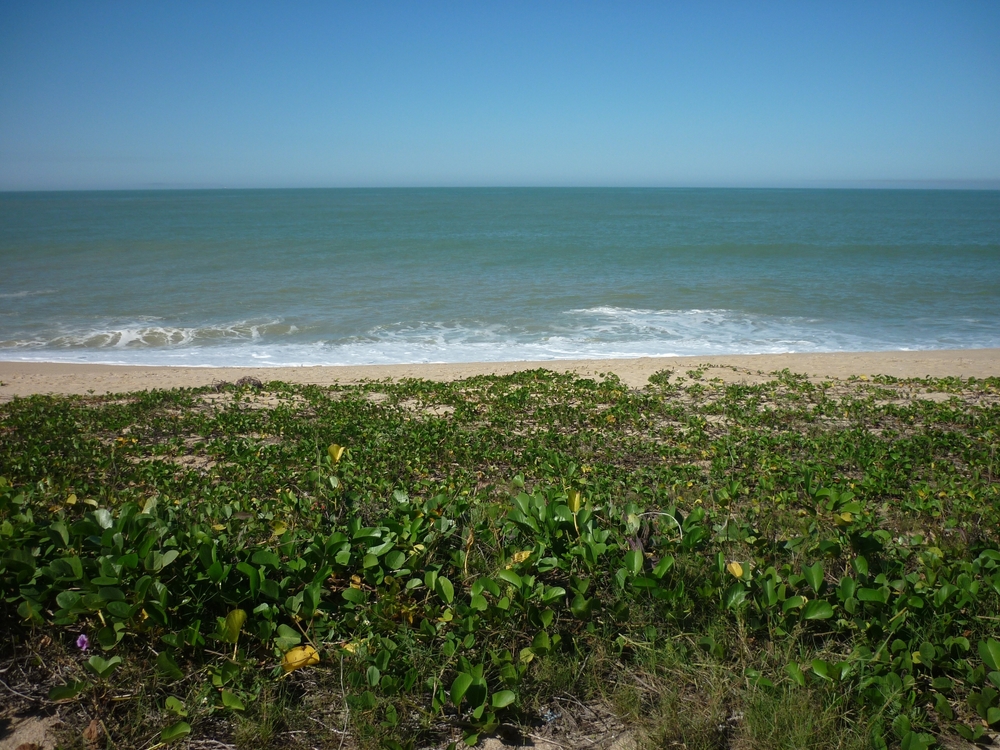
Restinga de Jurubatiba National Park

Nascentes do Lago Jari National Park
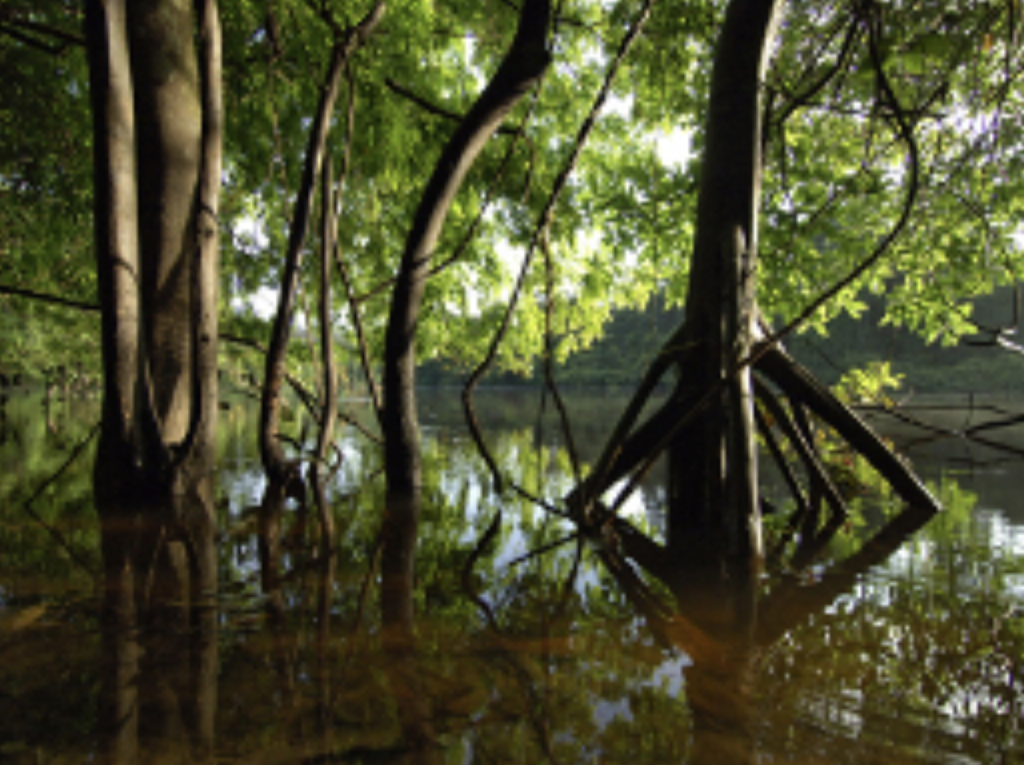
Montanhas do Tumucumaque National Park

Sierra del Divisor National Park
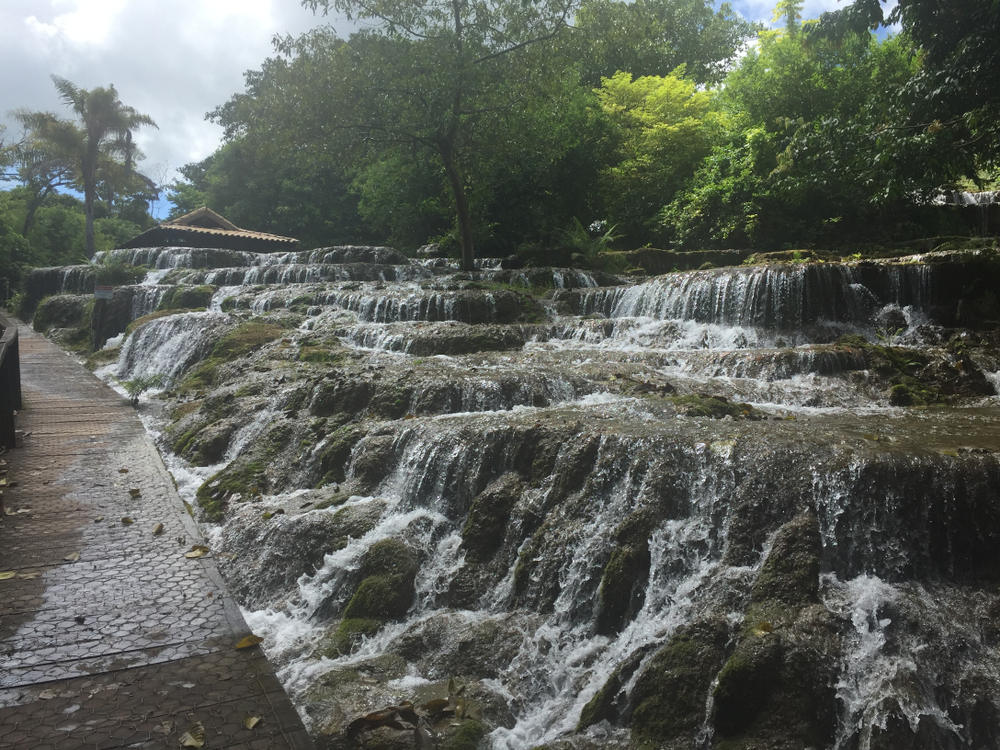
Serra da Bodoquena National Park









































































